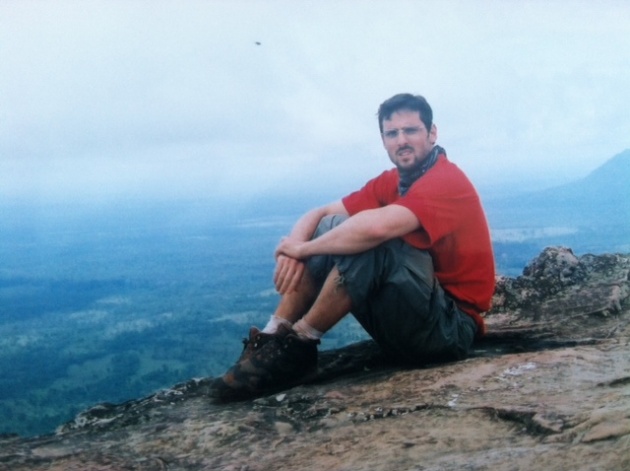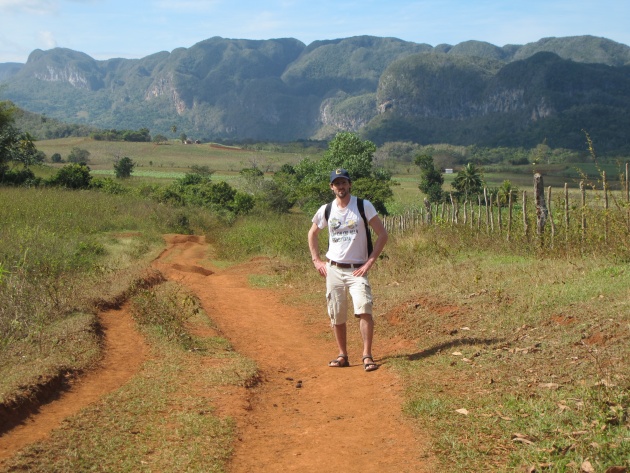
Hiking can be one of the most rewarding activities we could experience, but can turn into a nightmare if we are not properly prepared. Here are a few tips that might help us enjoy our trip without unpleasant surprises.
- PREPARATION IS KEY. Before going on a hiking trip it’s always a good idea to prepare our body for it. Lower body strength and endurance training is important to condition our legs and stabilization training is essential for injury prevention. Core and some upper body training is also important, especially if a big backpack is to be carried.
- SAVE ENERGY. When going uphill on a rocky terrain, we should step on rocks that are lower in height. This will save energy and allow us to hike longer. If we select rocks that make us step up through a wider range of motion (of hip, knee and ankle), our lower body muscles will deplete their energy stores more quickly.
- HIKE SMART. When the trail is particularly steep, walking diagonally helps reduce the angle of inclination of the path. This way we are making it easier on our lower body muscles (and decrease the possibility of losing grip on the terrain, especially going downhill). If the trail is so narrow we can’t go diagonally, we can place our feet parallel to each other and perpendicular to the direction of the path.

- SHORT IS BETTER. Short steps are more functional than long steps. They save energy and decrease the risk of slips and falls.
- BE SOFT. When hiking downhill we should slow down and place our feet softly on the ground. Repeated eccentric high-impact steps tire our lower body musculature more quickly and expose our joints to injury.
- BODY WEIGHT. When we hike uphill or downhill we should always remember to keep our body weight toward the mountain. If we slip, we’ll fall toward the mountain, not toward the cliff.
- HYKING RHYTHM. We should maintain a slow constant pace when hiking. The aerobic metabolic system can perform at its best only when the work is produced at a slow constant speed, and it can last for hours. Short bouts of high-intensity/speed actions will disturb the rhythm, trigger a bigger production of lactic acid and therefore cause early fatigue. It’s much more efficient and less tiring to go at a slower pace and make fewer stops than rush through it and pause every 20 minutes.

- HIKING POLES. Some people like them, some people don’t. I always use some type of branch as a hiking pole: it decreases the load on my legs going uphill, it decreases the stress on my knees, hips and ankles going downhill and it allows my upper body muscles to get some type of workout.
- POLITENESS. When we are hiking downhill we should always let the people coming up pass first. It’s a lot easier to make a quick stop going down than having to interrupt the rhythm going up.
- CLOTHING. Temperatures change quickly, so dressing in layers that can be easily put on and taken off depending on weather conditions is recommended. We want to make sure we select fabrics that breathe and wick away sweat (dry fast) so we can stay dry. Cotton is not a good choice.
- TEST NEW FOOTWEAR. Going on a hiking trip with a brand new pair of boots is a recipe for disaster. It’s not fun to get blisters on our first day.

- WATERPROOF. Depending on the place and the season, waterproof equipment is always preferred. Unless we are staying in lodges, drying wet clothes can be challenging when outside it is wet and cold, and a nice vacation can turn into a nightmare. Spending a few dollars more is worth staying comfortable and dry at the end of the day.
- WATER & SNACKS. We should never leave without sufficient water for the day and high-energy snacks in our pack. We should bring more water with high temperatures and/or high humidity. We never know what can happen and it’s always a good idea to be self-sufficient. Unless we can see where it comes from, drinking water from a stream is always risky.
- KEY ITEMS. Sunscreen, hat, protective lip balm, insect repellent, pocketknife, first aid kit.

If you want to write blogs but are not registered with Film Annex yet, REGISTER HERE and start your journey. You will be joining a family of writers coming from all over the world eager to read your stories. Writing on Film Annex is very easy: just click HERE and start your journey. As soon as you register, SUBSCRIBE to my page on Film Annex: you will be earning money in no time! :-)
If you are already writing on Film Annex, tell your friends to REGISTER HERE, and suggest that they should read this article: it will show them exactly what they need to do to write good blogs and be successful on Film Annex.
Would you like to know me more? Watch MY INTERVIEW WITH FILM ANNEX, and learn my opinion about SOCIAL MEDIA and DIGITAL LITERACY around the world.
Giacomo Cresti
Senior Editor Annex Press
Film Annex
If you have missed any of my previous articles, you can find them on my personal page: http://www.filmannex.com/Giacomo
Please follow me on Twitter @giacomocresti76, connect on Facebook at Giacomo Cresti and subscribe to my page. :-)



